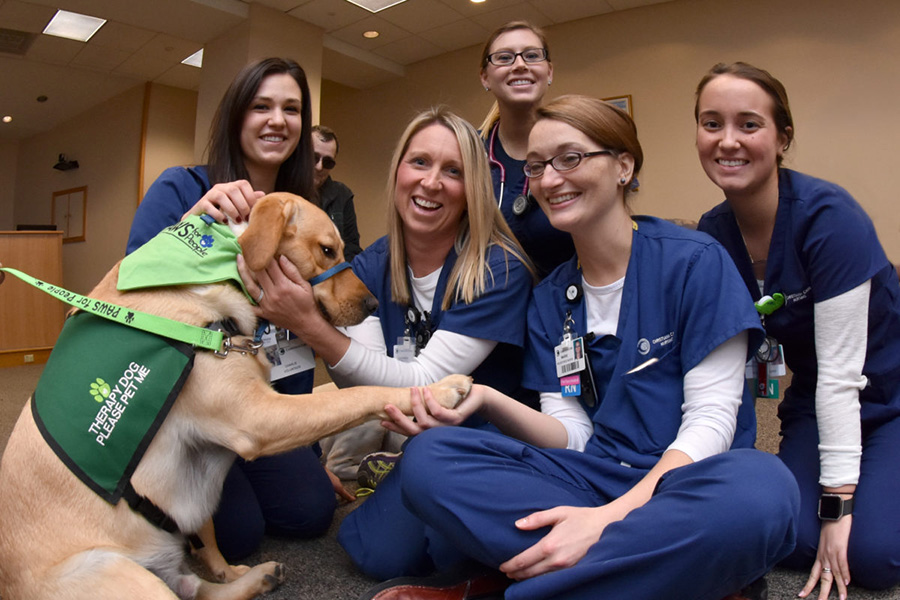Heather Farley, MD, was inspired to establish ChristianaCare’s Center for WorkLife Wellbeing after experiencing an adverse event as an emergency physician.
“I was taking care of one of our own employees, I discharged her, and she died on the way home from the emergency department. That was a really difficult personal and professional experience. At that time, it was a culture of secrecy of shame and blame around these adverse events. There were no models of support out there,” says Farley, Chief Wellness Officer, ChristinaCare.
Knowing firsthand how these issues could fester, Farley wanted to create a supportive infrastructure at ChristianaCare. What started as a peer-to-peer support program with modest financial backing blossomed into the Center for WorkLife Wellbeing, a fully operational consulting and education arm of the health system.
The center, which started in 2016 with the mission to foster work-life meaning, connection and joy, has focused its efforts on efficiency of work and culture of work. While it does also offer services to help caregivers improve personal wellbeing, she says that the other two domains are perhaps more important but often overlooked.
“I always use the analogy, you can’t take the canary out of the coal mine and teach it to be more resilient and then put it back in the same coal mine and expect it to survive,” Farley says. “You actually have to change the coal mine—the environment surrounding our caregivers and clinicians.”
For the Center for WorkLife Wellbeing, this means offering direct wellbeing services that can help organizations improve the culture and efficiency of their workplace. It could be something comprehensive like starting a peer support program or something simpler like providing ice cream rounds for clinicians. After implementing these services, the center fosters and develops workplace champions for specific organizations and then advocates for systematic and national-level changes that can improve the wellbeing of caregivers.
The COVID impact
Before COVID hit, the issue of clinician burnout had been gaining traction in health care. For years, there was definitive proof building up that clinician burnout was taking hold in the industry thanks to a number of factors and ultimately having a negative impact on outcomes. Some studies have been released in recent years showing the financial side of the issue—costing health care providers as much as $11,000 per doctor and more than $4.6 billion across the industry.
Naturally, the pandemic has only put the issue further into the spotlight. A recent study from Kaiser Family Foundation and The Washington Post revealed that nearly 3-in-10 health care workers are considering leaving the profession and more than half are burned out.
“We’re having to witness more suffering and deaths. It’s obviously had a profound impact on everyone, but on our caregivers in particular. And it’s not an easy time to be a leader either. It’s really an incredibly difficult time to navigate,” says Farley. “During the acute phase of a crisis, people are putting their heads down and powering through on pure adrenaline. They don’t have the time, space or energy to absorb and process what they are experiencing and what they are being exposed to.”











